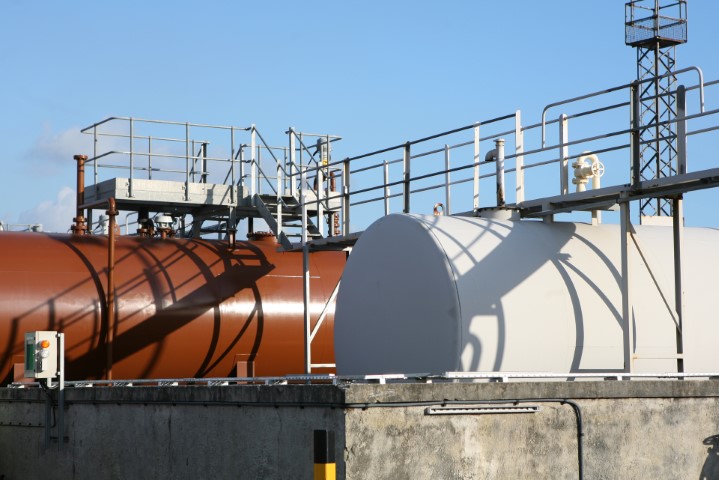Storing Biodiesel
We are now a year or two past the widespread mandates by state and local government officials instructing their agencies to use more green biofuels...

Sludge formation in stored fuels has always been a problem to reckon with. Today's ultra-low sulfur diesel fuels make it even more of a problem. And guess what else has happened in the past ten years? The widespread introduction of biodiesel fuels, with most diesel fuels containing up to 5% biodiesel content. It's in there, and yet, the fuel is called regular diesel fuel because the biodiesel doesn't appreciably change its base specifications.
The first issue to be reckoned with – why be concerned at all? Answer – sludge formation means the fuel forms unstable polymers that have become too heavy and dropped out of the fuel. When the engine tries to burn that sludge, it doesn’t combust as well as fresh, healthy fuel. You can get injector deposits – the number one cause of drops in performance and mileage.
Research in Japan in 2008 and 2009 that was presented to the SAE showed there was a relationship in biodiesel blends (i.e. fuel that is a blend of x percent biodiesel with y percent #2 diesel fuel) concerning the formation of sludge and the “aromatic composition” of the base diesel fuel. If the percent of aromatics in the diesel rises above 30%, it reduces actual sludge formation from the biodiesel itself.
But that fact bumps up against a couple of problems. Most commercially-produced diesel fuel doesn't meet that level of aromatics. The higher the aromatic content, the greater the chance of harmful carbon emissions, which is something the EPA doesn’t want. So along with reducing the sulfur content, they put a lower cap on aromatic composition.
Facilities that blend biodiesel on-site (usually by splash blending the biodiesel with the diesel in the main fuel storage tank) can choose biodiesel made from oils that are more stable. The funny thing about types of biodiesel is that there’s an inverse relationship between cold flow and stability (the two biggest problems biodiesel users wrestle with). Biodiesel made from soy and chicken fat has reasonably good cold flow properties, but not-so-good stability. Inversely, biodiesels made from tropical oils like coconut and jatropha are more stable (form less sludge) but fare less well in the cold. Sunflower and canola biodiesels seem to fall in the middle.
The caveat to these facts is that many times you are hostage to what the market gives you. And that’s understandable. Biodiesel is extremely price sensitive, and a large part of the price comes from the cost of getting the feedstock oil to make the biodiesel. If the producer can get chicken fat for less than they can get sunflower, they’ll do that.
Since sludge formation comes from chemical chain reactions in the biodiesel, the end user can use a biodiesel stabilizer that stops these reactions in both the biodiesel portion and the diesel base portion. If you can stop the initial reactions from happening, it stops the chain reactions from getting started. And it keeps the biodiesel healthy and ready to use in storage.
The most important consideration in applying this is to treat the fuel in the beginning when it is in its best condition. Just as you have to put an anti-gel in the fuel before it gets cold (before it gels), you have to stop the chemical reactions before they start by treating the fuel when it is fresh.

We are now a year or two past the widespread mandates by state and local government officials instructing their agencies to use more green biofuels...
For fuel professionals, the amount of information out there on the internet can feel like an overload at times. Especially when it comes to things...
A significant portion of diesel fuel out there already containing up to 5% biodiesel, Does it change diesel storage properties to any great degree?